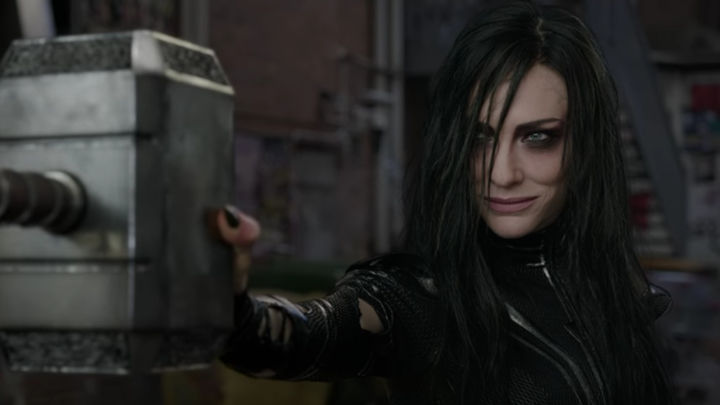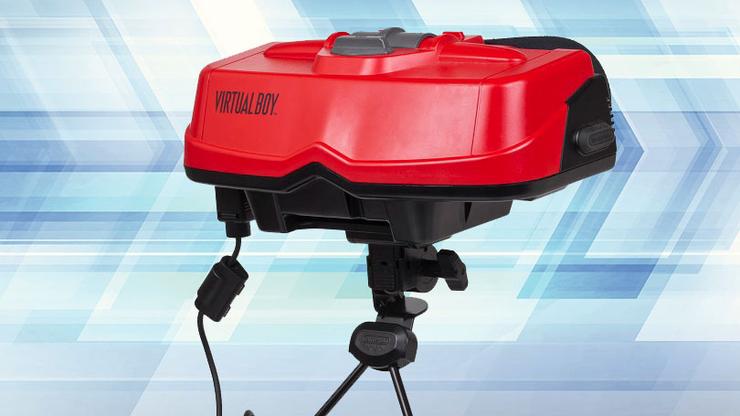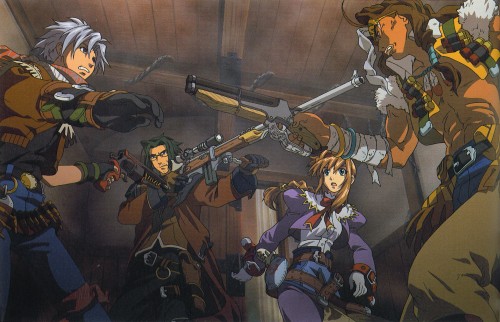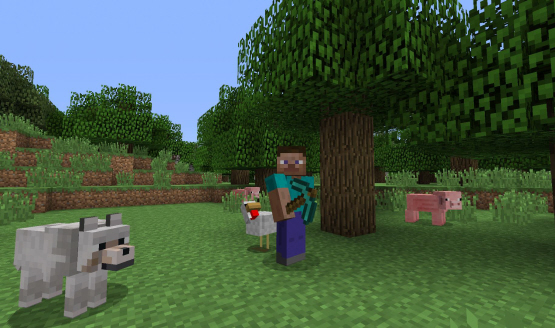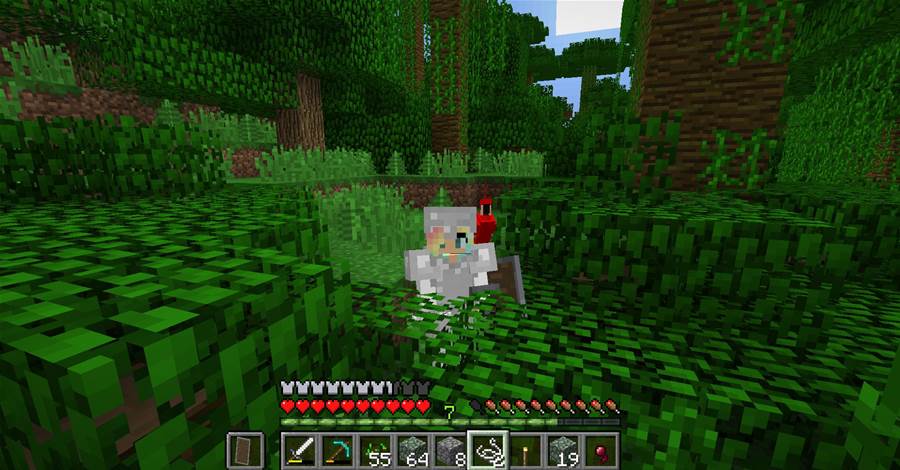Games are the same way. Some games just start off strong. They paint the perfect picture of the adventure ahead, while luring you in with the right kind of visual and narrative hooks. They set their grand stories up in unique and fascinating ways that, often times, outshine the rest of the game. These are 5 of the best prologues in games.
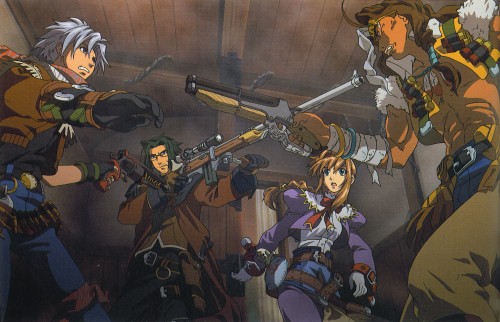
5. Wild ARMs 3
The Wild ARMs series has a bit of a pattern for its prologues. The beginning of each game is spent being introduced to the party of characters individually and watching the turn of events that unite them as a group for the first time. It’s fairly formulaic, but an easy to follow and reliable way to tell a good story. Wild ARMs 3 did this the best.
The four main characters – Clive, Gallows, Jet, and Virginia – all come from different corners of the dusty, decaying world of Filgaia. They all end up on a train for different reasons. Virginia and Gallows are simple passengers, Clive is hired to protect its mysterious cargo, and Jet looks to rob it. Another group of bandits stick the train up, and once they learn that its cargo isn’t simply money and valuables, the four band together to retrieve it and eventually save the world.
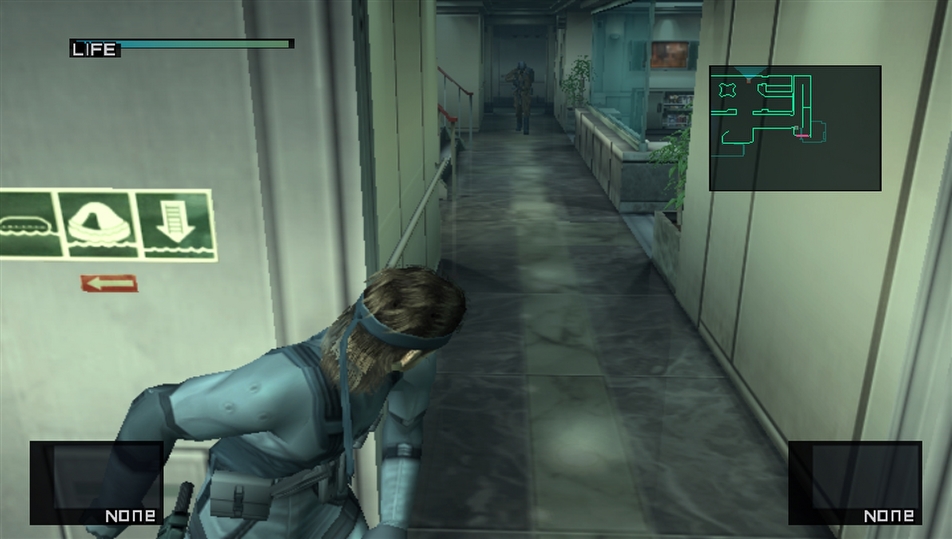
4. Metal Gear Solid 2: Sons of Liberty
The demo for Metal Gear Solid 2 is one of the most memorable demos of all time. There was a great deal of replayability and it was a chock full of stealth action goodness. It also served as a half hour prologue to the Big Shell Incident and the only time you play Solid Snake in the title – a twist no one knew about until the game finally hit shelves.
When infiltrating a giant oil tanker in the Hudson River to check for signs of general nefarity, you get exactly what you were looking for: A giant, aquatic Metal Gear seemingly funded by the USMC. While exploring the tanker, you realize that it is also under attack by Russians, lead in part by Ocelot, who turns on his other conspirators promptly. He steals the Metal Gear himself and leaves the ship to sink in the river. Big Shell is built 2 years later to clean up the mess and cover for even bigger evil master plans.
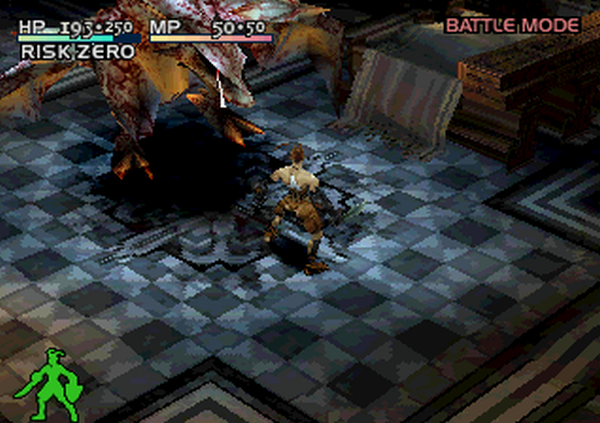
3. Vagrant Story
This RPG was one of the last made by the old Squaresoft (before becoming Square Enix) and is often overlooked because of how late in the Playstation’s lifecycle it released. To miss this game is to deprive yourself of one of the best RPGs of the era. It had a highly Shakespearean script and a fast, film-inspired cinematography that is an early victory in the quest for making games more like movies.
Its prologue is short and completely skippable, but it’s not wise to ignore it. Important story details, like why protagonist Ashley Riot is on his mission in the first place, are revealed in it. After the Duke’s mansion is attacked, the VKP are one of the many agencies called to the scene to stop the madness. The Duke’s son is kidnapped by Sydney Losstarot, cult leader and terrorist, and your job is to chase him down and get the child back. Not so easy, since the villain leaves a giant wyvern behind to keep you busy.
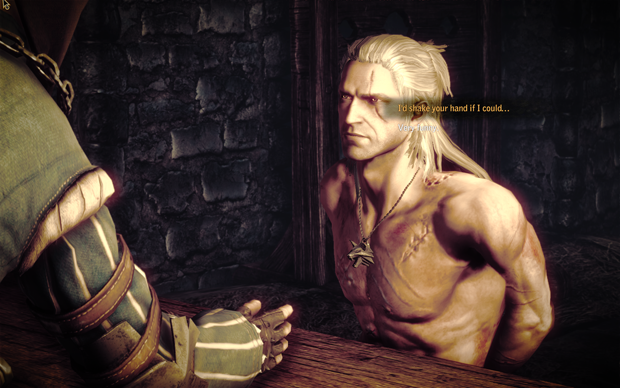
2. The Witcher 2: Assassins of Kings
Geralt’s adventures have brought put him into pretty tight spots before, but the beginning of the Witcher 2 might have been the closest he’s come of outright death by political agendas and being in the wrong place at the wrong time.
You begin the game imprisoned, being interrogated by Vernon Roache about their king’s last moments, ones he had in Geralt’s company. As told in a set of flashbacks, the story of King Foltest’s death and the moments leading up to it are told with with a great deal of murder mystery TV show flair. An uncommon trope to call on for a fantasy game, but one that makes this opening stand out above many others.

1. Lufia & the Fortress of Doom
Lufia often gets overlooked, it being a JRPG not called Final Fantasy, but it’s a fate that isn’t quite fair for the series. Lufia had many qualities that have inspired many RPG’s since, like its sometimes devilishly difficult puzzles and blending platforming and action RPG elements to its tradition turn based gameplay elements. Though, the most stand out moment of the original Lufia is the first 20 minutes.
You take the role of Maxim, hero of heroes and his friends, as they storm the floating castle of a group of super evil demon lords called the Sinstrals. After exploring the dark fortification, you come across the even group and challenge them in combat. You manage to slay them after a series of arduous battles, but two of your party, including the leader Maxim, don’t make it out of the castle before it crumbles and falls back to Earth. You eventually take the role of a descendant of Maxim for the rest of the game, retracing his footsteps in order to stop history from repeating itself.
Being able to play the game’s most significant historical moment is a great way to get players invested in the task of stopping it from happening again. Maxim and his friends was such a compelling way to open the game, that their story became the focus of the sequel.
What other video game prologues were memorable? Leave them in the comments, or tweet @CurseGamepedia with your picks.
